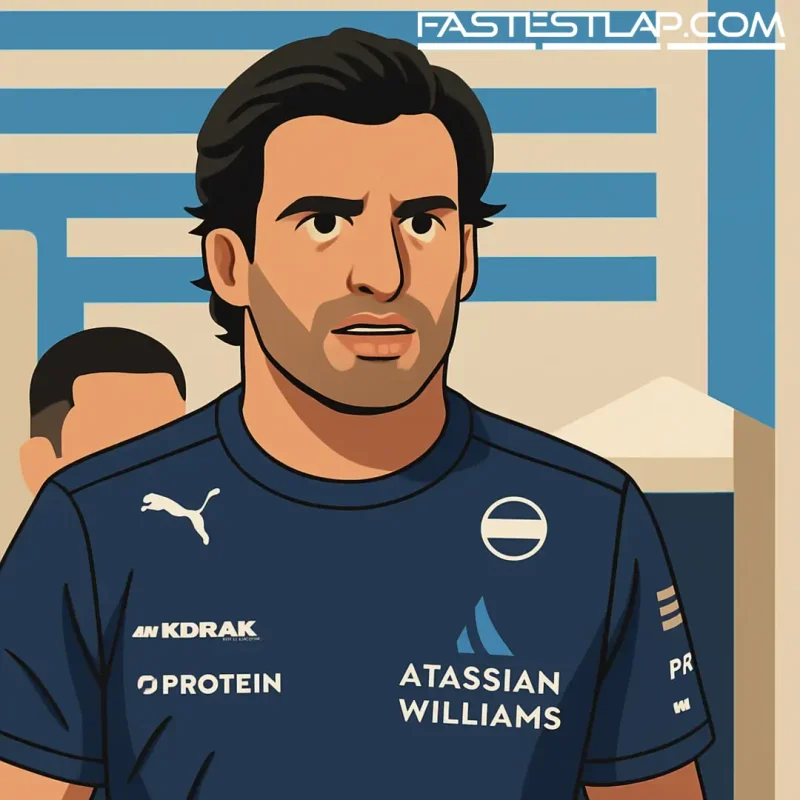Carlos Sainz lands in Baku two points lighter — and a lot happier.
Williams successfully petitioned stewards to scrub the two Super Licence penalty points Sainz picked up for his clash with Liam Lawson at Zandvoort, after presenting what was deemed “significant and new” evidence in a rare right to review. The in-race time penalty can’t be undone — it’s already been served — but the points are gone, and the Spaniard made no attempt to hide his relief in the Azerbaijan paddock.
“After Zandvoort I was obviously quite upset,” Sainz said on Thursday. “I was convinced we had a case. When I spoke to the stewards after the race, they were open to the discussion. The fact the FIA allowed us to reopen it and cancel the penalty points is a good sign.”
The Lawson tangle was one of the weekend’s flashpoints in the Netherlands. Both cars picked up punctures after contact, and Sainz was handed a penalty that Williams felt didn’t match the circumstances. What swung it this time, the team argued, was fresh material that reframed the incident — enough for the stewards to accept the petition and revisit their own call. That almost never happens.
Sainz went further, calling the outcome “black and white,” a pointed phrase in a season where the difference between guidelines and hard rules has been at the heart of several flash debates. Zandvoort had already served as an object lesson: the Leclerc–Russell brush was logged as a racing incident, while Sainz–Lawson wasn’t. That inconsistency has put the so‑called driving “guidelines” back under the microscope.
“There’s a very important word there: guidelines,” Sainz said. “A guideline isn’t a rule. It’s guidance for how to judge an incident. There isn’t a rule that says I can’t go around the outside of a corner. If the car on the inside loses control and causes the accident, then what’s wrong with being on the outside if you didn’t create the crash?
“I’ve been racing my whole life. In the car, I don’t think about guidelines. I think about clean racing and what’s fair.”
It’s a nuanced distinction that matters. The FIA’s recommendations ask stewards to weigh things like car overlap, track position, and likelihood of completing a pass. But those are just that — recommendations — which is why drivers routinely argue their case based on the specifics. In Sainz’s view, the new evidence showed the inside car’s role clearly enough to change minds after the fact. The stewards agreed, at least in part, by erasing the points.
For Sainz, the practical upside is obvious. Super Licence tallies can creep up fast across a long season, and any margin reclaimed is welcome. The bigger win, though, may be trust — the sense that if teams can present compelling information, there’s a real pathway to correct a decision, even if you can’t recover time lost on Sunday.
“I’m not saying every case should be the same,” he added. “But when it’s obvious, it’s good to see the mechanisms exist to revert it.”
So Sainz rolls into the Baku weekend with a cleared conscience and a slightly cleaner record. The time penalty stays put in the results sheet, but the broader message might linger longer: guidelines aren’t gospel, and when the picture changes, the verdict can too.




